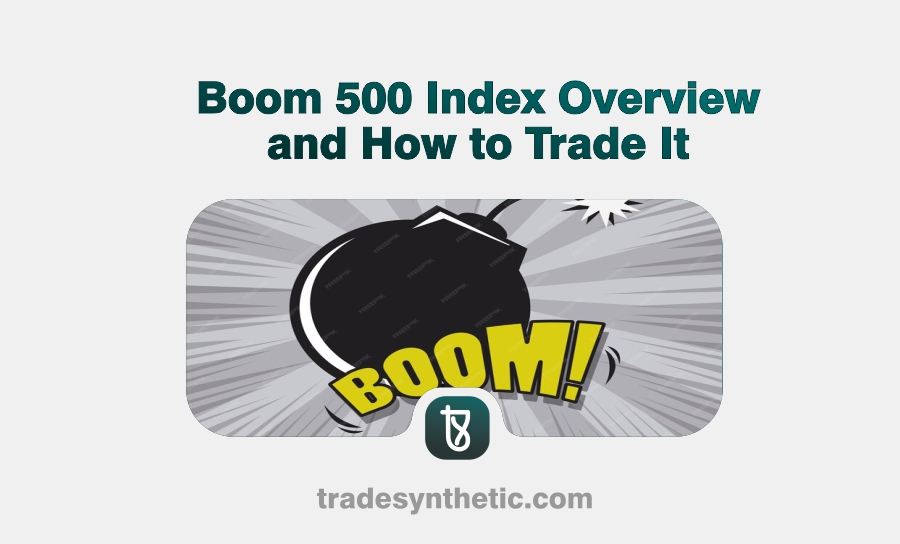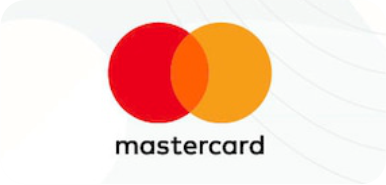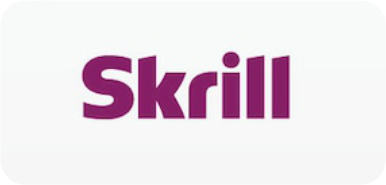The Boom 500 Index is a synthetic index that has captured the attention of traders worldwide. It is known for its unique volatility and trading opportunities.
If you’re looking for a detailed guide on the Boom 500 Index and how to trade it effectively, this article will walk you through its essentials. It will cover the basics of the Boom 500 Index, strategies for trading it, and tools you can use to get started and succeed.
What is Boom 500 Index?
Boom 500 Index is a synthetic trading index offered by selected online trading platforms like Deriv. This index is designed to simulate real market volatility while ensuring consistent spikes every 500 ticks on average.
Features of the Boom 500 Index
The Boom 500 Index is part of the family of synthetic indices and has the following key features:
1. Spikes and Their Patterns
The most notable feature of the Boom 500 Index is its spikes. These are upward price movements that happen randomly, giving traders opportunities for quick profits. On average, a spike occurs once in 500 ticks, but the exact timing is unpredictable. This characteristic makes the index appealing to scalpers and short-term traders.
2. Synthetic Nature
Unlike traditional financial instruments like forex or stocks, the Boom 500 Index is not tied to real-world economic events. It operates 24/7, providing flexibility for traders across different time zones.
3. Leverage and Margin
The index allows traders to use leverage, meaning they can control a larger position with a smaller deposit. While leverage amplifies potential gains, it also increases risk, making proper risk management essential.
Benefits of Trading the Boom 500 Index
1. High Profit Potential
The frequent spikes on the Boom 500 Index can result in significant profits, especially for traders who can anticipate these movements.
2. Risk Mitigation Options
With tools like stop-loss and take-profit orders, traders can effectively manage their risk while trading the Boom 500 Index.
3. Round-the-Clock Trading
Unlike traditional markets that have set trading hours, the Boom 500 Index is available 24/7, allowing traders to participate at their convenience.
4. No External Influences
Since the Boom 500 Index is synthetic, it is not affected by geopolitical tensions, economic reports, or central bank decisions. This ensures that the market movements are entirely technical.
How to Trade the Boom 500 Index Effectively
Understand Market Trends
Before placing any trades, analyze the market to identify trends. Use tools like moving averages and trendlines to determine whether the market is in an uptrend, downtrend, or ranging.
Utilize Technical Indicators
Indicators such as the Relative Strength Index (RSI), Bollinger Bands, and Moving Average Convergence Divergence (MACD) are vital for making informed trading decisions. For instance, an overbought RSI could signal a potential reversal, allowing traders to anticipate market spikes.
Practice Proper Risk Management
Even though there is leverage available on the Boom 500 Index, risk management is so important, and some common ones includes never risking more than 1-2% of your trading account on a single trade, using stop-loss orders to limit potential losses and avoid over-leveraging your trades.
Leverage Demo Accounts
Before committing real money, practice trading on a demo account. This allows you to familiarize yourself with the Boom 500 Index’s behavior and test your strategies without financial risk.
Effective Strategies for Trading the Boom 500 Index
1. Spike Catching Strategy
The most common approach to trading the Boom 500 Index is to catch the spikes. Since the Boom 500 is known for its sudden upward movements, traders can use support levels or technical indicators to predict when these spikes will occur. Some of the tools to use are moving averages to identify trends, Relative Strength Index (RSI) to spot oversold conditions, Bollinger Bands to gauge price volatility.
For example, if the price is approaching a well-defined support level with an oversold RSI, there’s a high chance of a spike occurring.
2. Scalping
Scalping involves taking advantage of small price movements within a short period. Traders can open multiple trades, aiming for small profits on each. This strategy works best when the market is trending steadily without many spikes.
3. Trend Trading
Even though the Boom 500 Index spikes upward, its overall trend often moves downward. Traders can use this knowledge to follow the prevailing trend while incorporating tight stop losses to avoid being caught in unexpected spikes. To successfully achieve this, Combine Fibonacci retracement tools with the trend to identify potential reversal zones.
4. Risk Management Strategy
Given the Boom 500 Index’s high volatility, managing risk is crucial. Use stop-loss orders to minimize losses and only risk a small percentage of your trading capital on each trade.
5. Use Scalping Techniques
Scalping is a popular trading strategy for the Boom 500 Index. Traders aim to capture small price movements within a short timeframe. By focusing on spikes and quick exits, scalping can be highly profitable.
Common Mistakes to Avoid When Trading the Boom 500 Index
1. Overtrading
Overtrading can lead to significant losses. Stick to your trading plan and avoid unnecessary trades.
2. Ignoring Risk Management
Failing to implement stop-loss orders or trading without a clear risk-reward ratio can quickly deplete your account.
3. Trading Without a Strategy
Random trading is a recipe for disaster. Always have a clear strategy before entering a trade.
4. Chasing Spikes
Attempting to predict and trade every spike can lead to frustration and losses. Focus on high-probability setups.
Tools and Platforms for Trading the Boom 500 Index
1. Trading Platforms
Platforms like Deriv and Binary.com offer access to the Boom 500 Index. These platforms provide user-friendly interfaces and advanced charting tools to help traders analyze the market.
2. Charting Software
Charting tools like MetaTrader 5 (MT5) can be used to perform in-depth market analysis. With customizable indicators and automated trading options, MT5 is a valuable resource for Boom 500 traders.
3. Community and Forums
Joining trading communities can help you learn from experienced traders. Platforms like Telegram often have dedicated threads discussing synthetic indices.
Conclusion
In Summary, Trading the Boom 500 Index offers unique profit opportunities, especially for traders who understand its dynamics and implement effective strategies. One thing you need to know is that success in trading synthetic index requires discipline and a well-thought-out plan. The Boom 500 Index is a gateway to consistent profits for traders willing to learn and adapt.
Remember to start small, use a demo account, and refine your strategies before scaling up your trades.
Frequently Asked Questions (FAQs)
1. What is the Boom 500 Index?
The Boom 500 Index is a synthetic index that mimics market behavior without being influenced by real-world events. It’s known for its spikes, which occur on average every 500 ticks.
2. How can I start trading the Boom 500 Index?
To start trading, sign up on platforms like Deriv, fund your account, and practice on a demo account before trading live.
3. What strategies work best for the Boom 500 Index?
Scalping, trend-following, and using technical indicators like RSI and Bollinger Bands are effective strategies for the Boom 500 Index.
4. Is the Boom 500 Index risky?
Yes, like any trading instrument, it carries risk. Proper risk management and a clear trading plan are essential.
5. Can I trade the Boom 500 Index 24/7?
Yes, the Boom 500 Index operates 24/7, allowing traders to participate at any time.










